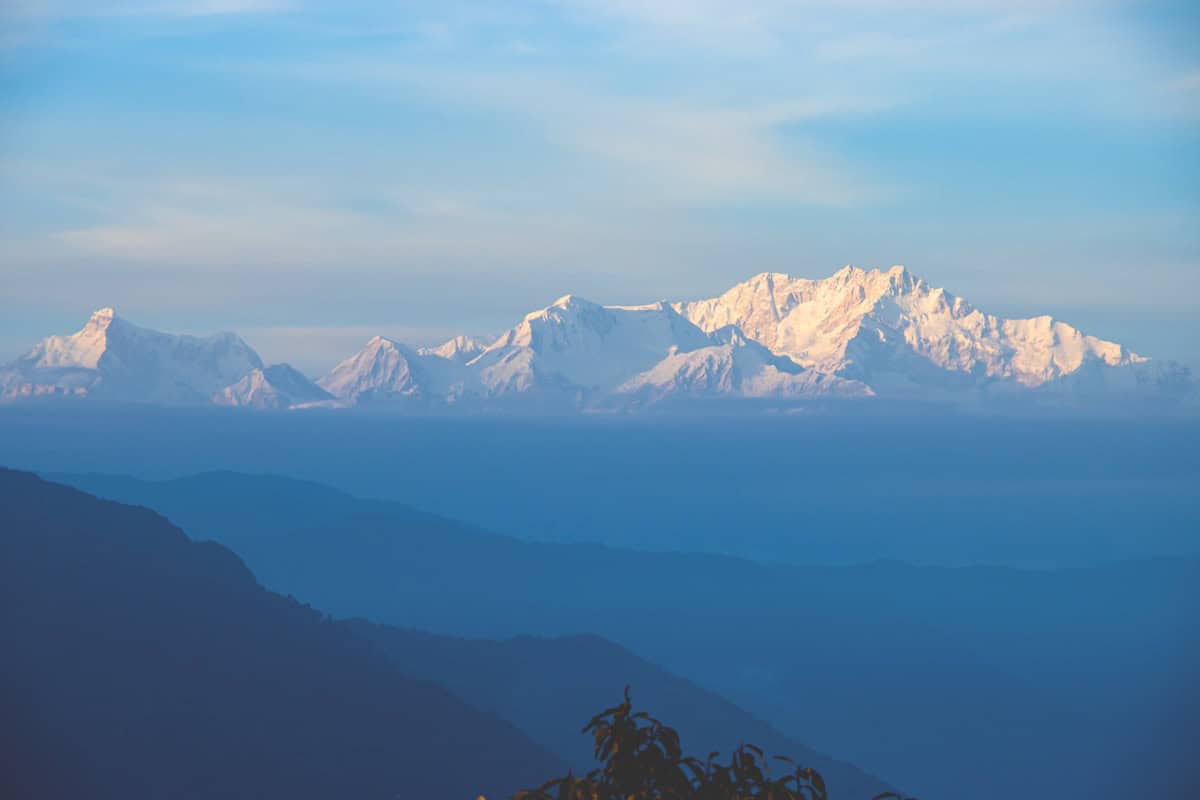
The Role of Shamans in the Kanchenjunga Region of Nepal
By: Frayed Passport
Skip to Section
In Eastern Nepal, the Kanchenjunga region is renowned not only for its magnificent peaks and breathtaking landscapes, but also for its rich cultural and spiritual heritage.
Kanchenjunga Circuit Trek is home to many traditions that are very much alive today. Shamans play a significant role in the lives of local communities.
Known locally as Bhumis, Lamas, or Jhakris, shamans are spiritual mediators between the human world and the supernatural.
Shamans as Healers and Caregivers
In the mountains of Kanchenjunga, Shamans are highly regarded for their healing skills. In remote villages without access to modern healthcare systems, shamans practice a mix of rituals, prayers, and the use of herbs to cure what ails.
Here, many illnesses are believed to be the result of spiritual imbalance or the action of malevolent spirits. Villagers seek out shamans not only for physical health, but also for emotional and mental wellness.
What these healers do to restore that which is out of balance in the individual and the community is what makes them key players in day-to-day life.
Rituals and Spiritual Practices
Performing rituals is at the core of what shamans do. They may also chant, drum, and use sacred items like prayer flags, amulets, and offerings.
Each ritual is designed for a specific purpose, such as healing a sick child, blessing a new home, or bringing about a good harvest.
Some shamans enter trances to communicate with spirits or ancestors, which the village folk find awe-inspiring. These practices, in turn, raise the shaman’s status and put forward the great spiritual degree, which is a part of Kanchenjunga’s culture.
Guardians of Nature
Shamans play the role of environmental protectors. In the Kanchenjunga region, mountains, rivers, forests, and animals are considered sacred, considered to house spirits. Shamans guide the community into this fine balance.
For instance, before cutting down a tree or going for a hunt, rituals are conducted to honor the spirits and to obtain their permission. This traditional ecological knowledge has long been the presiding factor in the protection of the fragile Himalayan ecosystem.
Support During Crises
In times of natural disasters such as landslides, floods, and harsh winters, shamans step up to the mark. They do this through the performance of rituals and making predictions. These rituals and practices are used to comfort people in need and to interpret signs from nature that can put forth protective measures. The shaman’s role is to strengthen the community’s resilience and foster unity, which in turn enables the villagers to weather the storm with confidence.
Preservers of Culture and Tradition
Shamans play the role of keepers of our folk heritage, myths, and history of our ancestors. We pass down the stories of the gods, spirits, and heroes, which in turn preserves our cultural identity as a people.
We see shamans’ performances at our festivals and ceremonies, which draw in the villagers and tourists. Through these practices, shamans see to it that the great spiritual and cultural legacy of Kanchenjunga thrives.
Adapting to Modern Times
While we see the introduction of modernity in the form of education, healthcare, and technology, the roles of shamans remain very present. Many shamans have adopted the practice of mixing traditional ceremonies with modern healthcare tips. This mix of the old and the new is what allows the shamans to play an important role in today’s world. They serve as a bridge between our past and present lives.
In the Kanchenjunga region, shamans play a far greater role than that of spiritual guide. They are healers, teachers, environmental stewards, and cultural keepers. They present the picture of a powerful tie between the people, their faith, and the natural world.
Even as society transforms, shamans remain a vital part of life in this Himalayan region, which in turn reminds us of the enduring value of tradition, spirituality, and community.
Featured image by Mosharraf Hossain on Unsplash
Information published on this website and across our networks can change over time. Stories and recommendations reflect the subjective opinions of our writers. You should consult multiple sources to ensure you have the most current, safe, and correct details for your own research and plans.
Frayed Passport is a participant in the Amazon Associates Program, an affiliate advertising program designed to provide a means for sites to earn advertising fees by advertising and linking to Amazon.com. We also may share links to other affiliates and sponsors in articles across our website.




